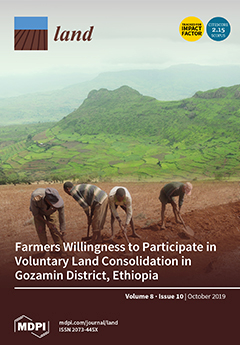Amman (City of Waters); Policy, Land Use, and Character Changes
The character of Amman, Jordan, as the "City of Waters"—referring to the abundance of water flowing in its known stream—has faded away because of the municipal policy to cover the stream in the 1960s which gradually changed the ecological character. This paper traces and explores the impacts of stream-coverage policy on the city character, morphology and land use changes. The purpose is to understand how an engineered problem-solving policy changed physical and perceptive factors and affected the character of the city.



